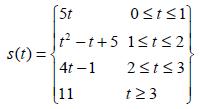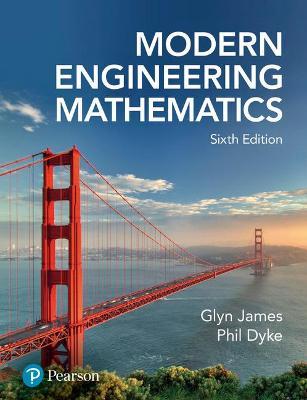1. A particle is thrown vertically upwards into the air. The height s metres above the ground...
Question:
1. A particle is thrown vertically upwards into the air. The height s metres above the ground after t seconds is given by s = 25t − 5t2
(a) Find an expression for the velocity v of the particle at time t.
(b) The particle will reach its maximum height when it is momentarily at rest; that is, when v = 0.
(1) At what time will it reach its maximum height?
(2) What is the maximum height reached by the particle?
(c) Find an expression for the acceleration of the particle at time t. How does this compare with the acceleration due to gravity g = −9.80665 ms−2?
2. A stone is thrown vertically downwards into a pool of water. Measuring the time t seconds from the instant the stone hits the surface of the water, the depth p metres of the stone at time t is given by

(a) Obtain expressions for the velocity and acceleration of the stone at any time t.
(b) Determine the velocity and acceleration of the stone after 12 seconds.
3. The displacement s metres of a particle P from a fixed point O at time t seconds is given by s = t3 − 9t2 + 24t −16, 0 ≤ t ≤ 6
(a) Find expressions for the velocity and acceleration at time t.
(b) At what time s is

(c) Draw the graph of s against t, illustrating the results of (b).
4. The displacement-time graph for a vehicle is given by

Obtain the formula for its velocity-time graph.
Step by Step Answer:






